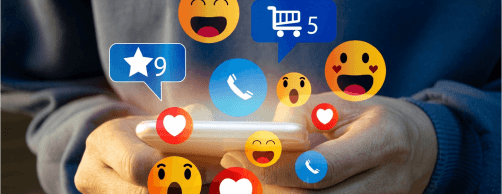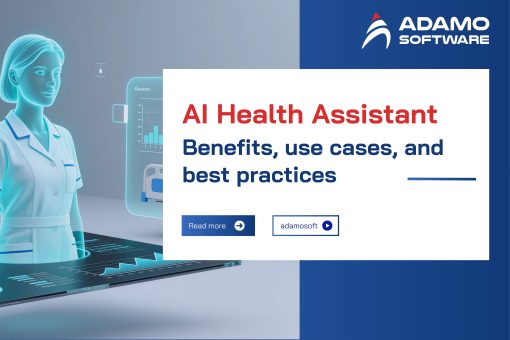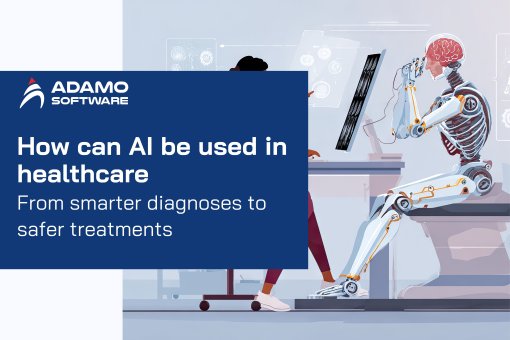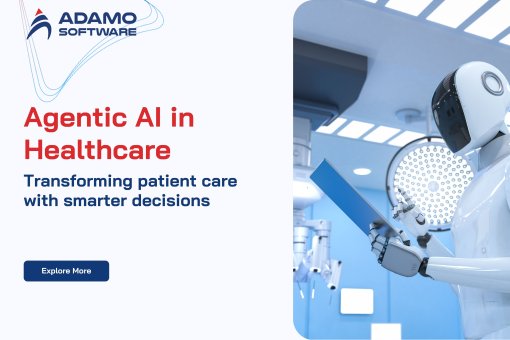Mental health app development in 2026: Key Trends & Expert Tips for Success
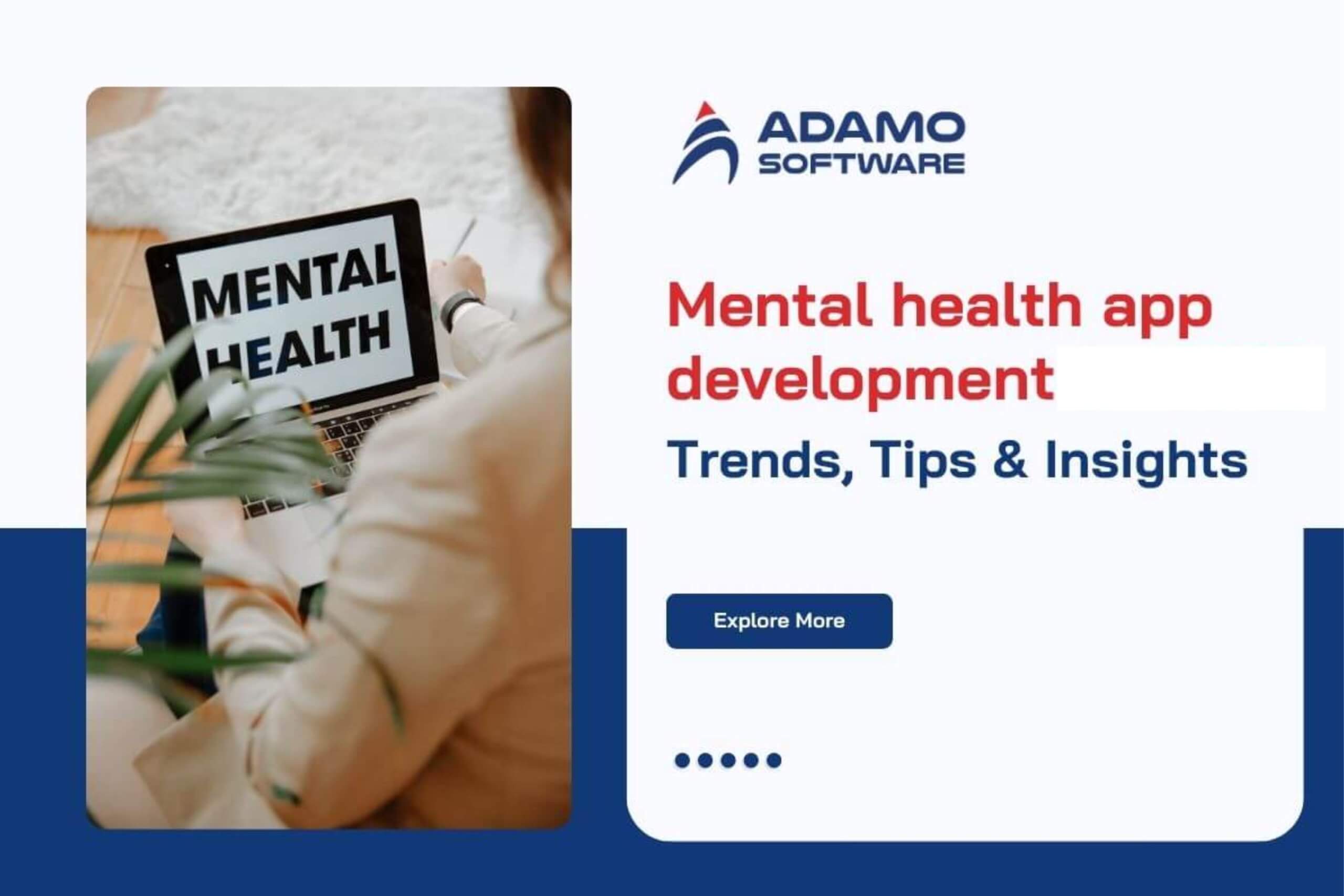
Stay ahead in mental health app development for 2026 with our insights on trends, tips, and best practices to enhance user engagement and support.
Mental health app development is progressing more quickly than ever as we approach 2026. The need for innovative mental health solutions continues to grow rapidly because people have become increasingly aware of these issues.
People now understand that mental health matters and that it should be taken care of. Through technological advancements, developers have built applications that deliver psychological support, essential resources, and social platforms to users.
This blog will examine the current trends in mental health app development for 2026. We’ll also provide some insights as well as tips on how to develop such apps most effectively. Let’s get ready to stay ahead of the game with a well-crafted mental health app!
I. Why is it profitable to invest in Mental Health App Development?
Market growth and increasing demand create a profitable opportunity for mental health app development projects. People installed mental health apps at higher rates in the US between January and April 2022 because digital solutions gained significant interest. BetterHelp’s project demonstrates escalating popularity through their user base growth of 95%. This is a good example of the rising need for anxiety and stress support through mental health application development.
Also, a $5.5 billion grant award to SAMHSA from investors is one of the significant backings of this sector. The proposed budget for FY 2024 allocates $10.8 billion to SAMHSA, which is $3.3 billion more than FY 2023. The allocated funds specifically address crisis care services and young adult mental health assistance and prevention measures against drug overdose. This presents interesting directions for mental health app development.
Additionally, due to pandemic conditions, the FDA reduced its counseling application requirements, creating an open market entry for developing new companies. Mental health app development has become crucial now as the financial burden of mental disorders is estimated to reach 16.3 trillion dollars by 2030.
Potential users and financial incentives make pursuing a mental health app development project an appealing business choice for developers. Those focusing on merging clinical requirements with consumer demands will create profitable solutions that serve society through mental health app development.
II. Mental health app development: Market overview (update 2026)
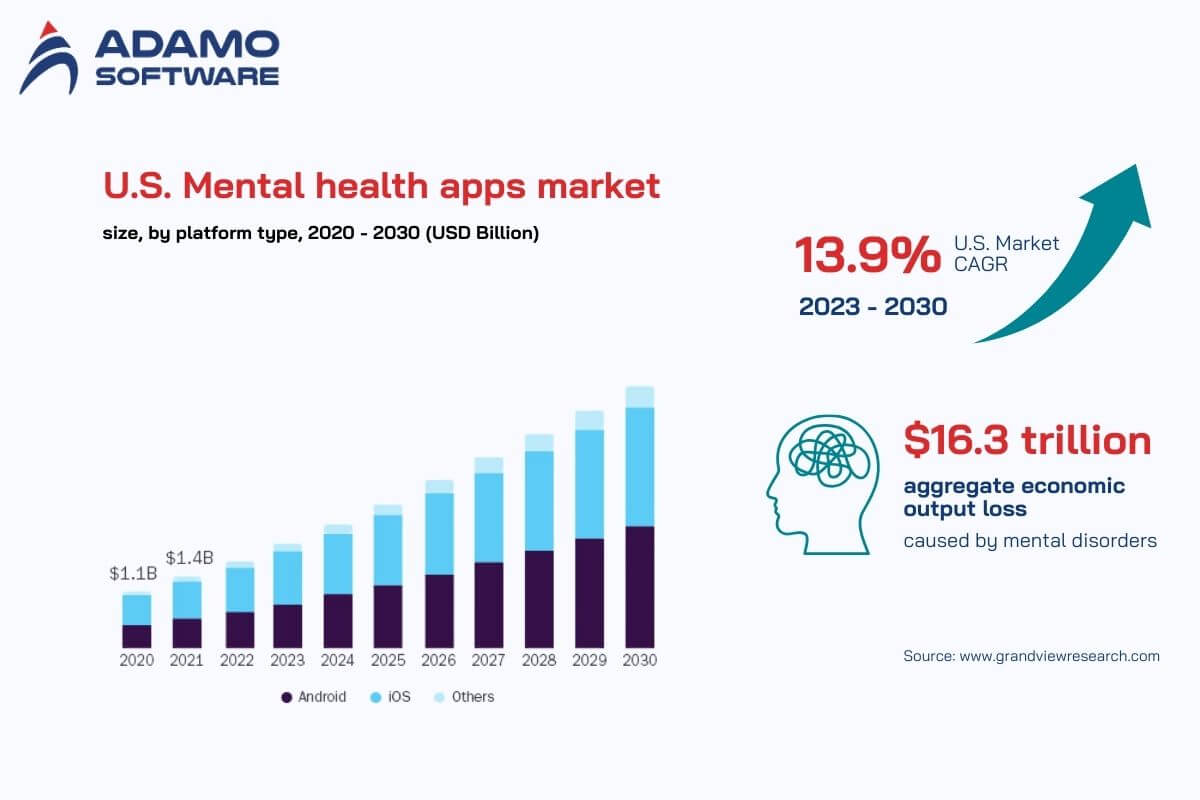
The mental health app development market is projected to grow to $12.05 billion by 2024 due to increasing concern for mental health. Mental health apps provide users with AI personalization, mood tracking, mindfulness sessions, and virtual therapy meetings with licensed professionals. Some mental health app development projects combine these features to provide a comprehensive platform, offering both tracking and counseling.
Society displays rising interest in mental health, especially in remote settings which have limited mental health resources. This has led to the growth of mental health app development. The mobile apps enable professionals to provide support services throughout non-traditional clinic hours because of their flexible design.
Healthcare providers are essential contributors to creating valuable apps through teamwork with developers to deliver interface programs that are precise and easy-to-use. User privacy concerns have pushed developers to improve data protection systems and create clear management policies to foster user trust.
Mental health app development stands crucial to contemporary healthcare plans even with quality control obstacles since it enables universal mental health service accessibility. The mental health solutions market shows a positive projection by Grand View Research, reaching 6 billion dollars by 2023. Technological progress ensures mental health apps connect people more effectively to global mental health support through innovative service delivery for expanding needs.
You can explore more about Fitness tracker app: Definition, Types, Cost & Development Guide here.
III. Main types of mental health software
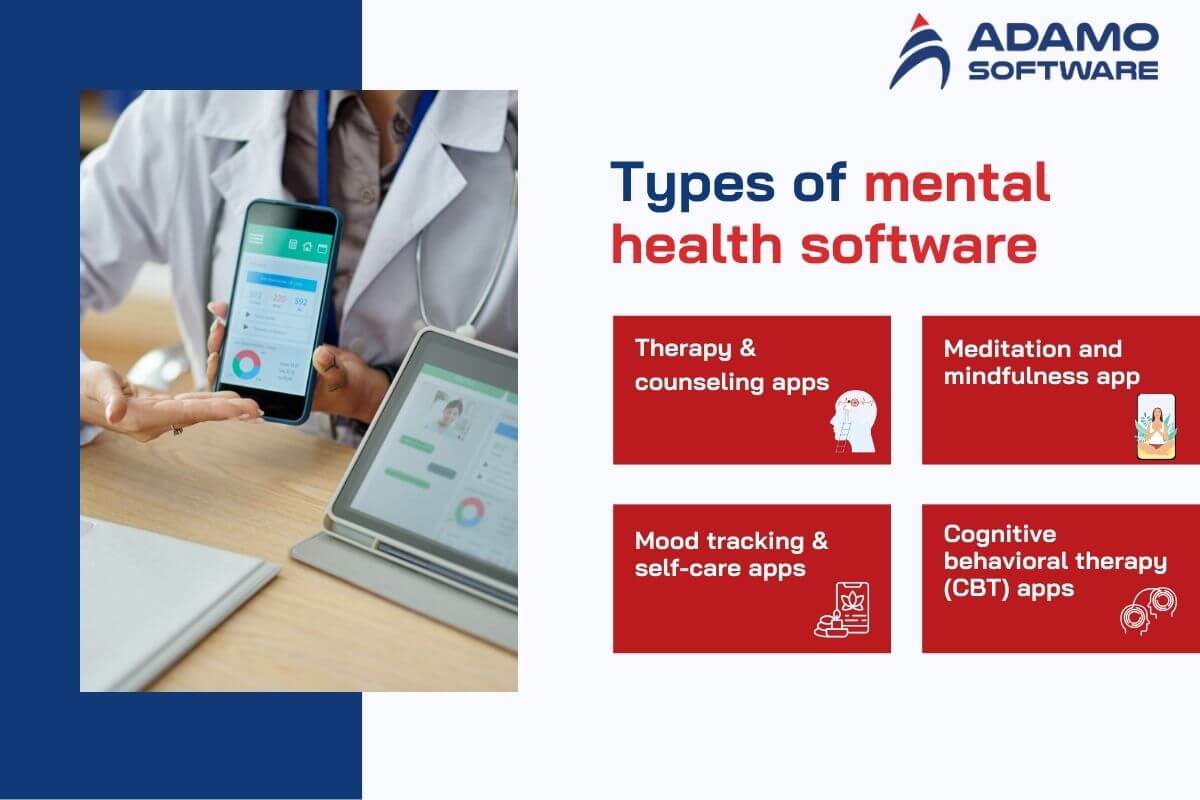
1. Therapy and counseling apps
Users can find licensed mental health professionals in therapy and counseling apps through real-time video platforms, phone calls, and chat. Popular platforms, including Talkspace and BetterHelp, have made distant counseling services available through their home-based virtual platforms.
The flexible service design allows users to control when they want to engage in therapy sessions and overcome geographical limitations. Mental health app development enables people to obtain professional help without facing stigma for their mental health needs.
2. Meditation and mindfulness apps
The apps for meditation and mindfulness practice lead customers through exercises that help lower mental distress across different skill levels. The meditation applications like Headspace and Calm provide multiple guided practices suitable for users at various stages of the meditation experience.
The platform enables users to receive daily mindfulness prompts, breathing techniques and sounds that promote mental relaxation. Users can allocate meditation sessions into different time slots through the apps so they can practice at any moment.
Through mental health app development, users now have convenient access to mindfulness resources, which promotes its daily use in their routines. Daily application usage helps users maintain better concentration and diminish stress while building stronger mental resistance with extended practice.
3. Mood tracking & self-care apps
Self-care and mood-tracking apps enable people to review their emotional responses and lifestyle activities. Users can use Moodpath and Daylio to record their mood during the day to detect shifts in their emotional states over time.
Users who track patterns between emotions can better understand their mental state to create evidence-based self-care plans. Through mood-based recommendations, these applications help users to handle their mental health needs proactively.
The continuous development work in mental health app technology ensures users enjoy simple and reliable tools. People who use mood-tracking applications can build their mental health control through increased self-understanding while developing beneficial behaviors for themselves.
4. Cognitive behavioral therapy (CBT) apps
Mobile apps that use cognitive behavioral therapy (CBT) help people take care of their mental health by providing simple exercises based on CBT ideas. Woebot and MoodKit, among other apps, assist users by helping them analyze their destructive thinking and learn more effective self-help techniques.
Users can interact with content that promotes therapy through different engaging features that these applications provide. Additionally, mobile apps with embedded mental health services serve as accessible supplements to professional therapy treatment by delivering therapeutic resources to users.
Through regularly performed exercises targeted at different circumstances, users develop their ability to handle depression and anxiety. CBT apps enable users to work on their mental health at their own pace and access support whenever needed.
IV. Key features of a Mental Health Application
There are a number of key features that you take note of when planning out your mental health app development project. Let’s have a look at them:
- User registration: Ensure users can register on the app through a simple yet safe protocol. Wellness apps should obtain necessary data, including name, contact information, and email addresses.
- User profiles: The patient profile must include all health information, such as allergy summaries and persistent medical conditions. It should also contain age, gender, and personal preferences, including uploaded photos.
- Self-monitoring: Technologies allowing users to track their mood patterns, stress levels, and sleep quality should be incorporated. Users benefit from self-tracking features because this system enables them to monitor their mental health and determine their advancement.
- Notifications and reminders: The system should have a notification system that alerts users about relaxation times and medication reminder events.
- Sharing: Users should be able to communicate their current mood status, therapy milestones, and informative aspects with their loved ones, and doctors.
- Patient-therapist connection: The platform should establish suitable therapist matches for its users. Users’ personal needs should be matched with suitable mental healthcare specialists through algorithms in mental health app development platforms.
- Doctors’ dashboard: Healthcare providers should gain access to an online dashboard that helps administer patient information. The feature enables the collection of data for effective patient progress monitoring.
- Reminders for patients: The application should have built-in medication reminder tools that help patients stick to their treatment plans. By integrating this feature, mental health services gain a means to increase responsibility and account for patient care.
- Secure messengers and chats: The system must provide encrypted communication channels for patients interacting with their therapists. Users should find multiple communication options inside the platform, including texts, audio sessions, videos, and live chats.
- Relaxation exercises: The system should include a set of comforting practices that combines breathing techniques and yoga with meditation and lightweight games. The relaxation exercises and games found in the application create conditions for mental relaxation while also building cognitive abilities.
- Psychoeducation: The platform should supply important information about mental health problems through various articles, educational content, and audio programs. The feature will provide an improved understanding to users regarding wellness issues.
- Emergency support: Users should be able to create emergency alerts to notify caregivers during moments of panic or anxiety. The service guarantees immediate help reaches users when they need it.
- Mood journals: Users should be able to monitor their mood fluctuations using text, video, or audio entries. Through mood journal practices, users attain enhanced self-reflection and learn about their emotions better.
- Meditation and mindfulness: Users should have access to diverse options of guided meditation and mindfulness exercises through the platform. Users who wish to find peace can benefit from these relaxation tools, which help them achieve mental clarity.
- Personalized goal setting: Users should be able to establish individual mental health targets alongside the feature, which lets them monitor their improvement throughout different periods. Goal setting fosters motivation and accountability in mental health app development.
- Data security and privacy: Developers must prioritize strong security measures for all sensitive personal data obtained from users. Mental health app developers should follow appropriate regulations such as HIPAA when developing their products.
All the listed features should be integrated into mental health app development to offer users a complete support system for their mental well-being goals.
V. How to implement mental health app development in 5 steps
The following five essential steps should be used to develop effective mental health apps using minimal coding practices.
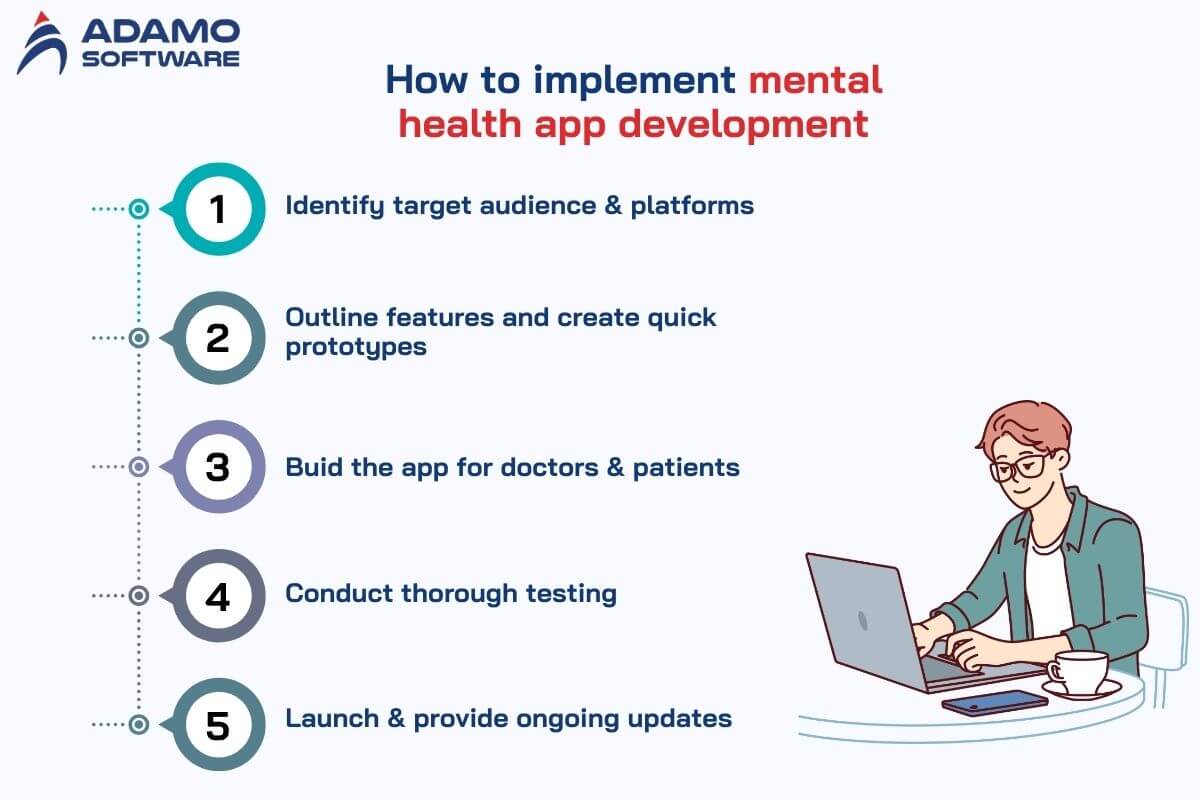
Step 1: Identify your target audience and platforms
You need to define the users of your app, whether they’re older people, young adult groups, or teenage individuals. Developing a purposeful mental health app requires complete knowledge about your intended users. Therefore, begin by thoroughly researching the age range of intended users.
Additionally. examining your competitors will let you detect what the audience expects from your app and their preferred features. A standard patient profile needs to be developed to guide your design efforts. Understanding user requirements will facilitate the creation of feature-based content to guarantee the app meets its intended purpose.
Step 2: Outline features and create quick prototypes
Establish a detailed list containing all your mental health application’s features. The features and design ideas need testing through rapid prototyping methods for validation.
Making prototypes enables developers to verify the functionality of planned applications before starting with complete development. Direct development processes become more time-saving and less expensive through this approach.
Developers need to participate at this point to evaluate technical practicality and hone the prototype by incorporating user feedback obtained from potential users.
Step 3: Build the app for doctors and patients
Most of the work occurs during the mental health app development stage. The development process should follow agile principles and interim testing during every interaction to check the quality. Also, the platform should implement HIPAA-compliant third-party SDKs for audio/video communication to provide telemedicine support.
Additionally, a patient-doctor communication system can be improved by integrating chat and audio messaging for faster information delivery. A DevOps pipeline should be developed to automate development procedures by implementing cybersecurity standards that match HIPAA requirements.
Step 4: Conduct thorough testing
A comprehensive bug detection requires multiple testing procedures for your application. The testing process needs to confirm the proper functionality of every feature. Then, a performance assessment should determine how the app functions while accommodating simultaneous activities from multiple users.
The app should also be tested for its ability to function correctly across different devices and operating systems. The user interface experience gets tested through interface testing, while unit components get tested through unit testing. Security tests and stress examinations should be executed to detect potential issues.
Step 5: Launch and provide ongoing updates
You can move forward with the release through the app store when your application passes every testing stage. Implementing your app with mobile marketing initiatives during launch will help it become more visible. Also note that the development stage should have included built-in analytics tools that allow performance tracking across the entire production period.
Handle all user feedback by fixing detected issues immediately while continuously updating your app with new features. User engagement during mental health app development depends on regular updates as they lead to continuous success in the field.
VI. Best practices to consider for mental health app development
Developing your mobile application requires knowledge about market trends to differentiate from rival applications. Likewise, mental health app development requires attention to established healthcare solution standards and proper implementation. We suggest concentrating efforts on personalization with gamification as the essential practice in this blog.
1. Personalization
The application user experience gets customized to provide solutions that match the exact personal needs of each user. Such an approach delivers increased ease to users who require mental health assistance.
Most mental health applications begin with asking preliminary questions when users first join. The application asks users to share their goals with their emotional state and what frequency they want to communicate.
The connection of patients with appropriate healthcare providers depends heavily on personalization in healthcare delivery. Should people seek marital help from someone with experience only with teenage counseling matters? Likely not. Personalization enables users to get beneficial assistance and help that matches their exact conditions.
2. Gamification
Applying gamification elements helps reduce users’ emotional tension by implementing game elements that drive motivation. Mental health apps include developer-added features, such as incentives, awards, and test-like content, throughout their platforms. The deployed gamification features support better user experience by encouraging participation and enhancing their advancement.
Through gamification, developers boost user engagement and keep people using the app. Proper gamification requires matching game features to individual behaviors and psychological needs. The integration of fun elements must support better user participation without compromising the important subject matter of mental health. The main goal should be to deliver substantial support while keeping users active and motivated.
Your mental health app development will produce a more efficient and interactive solution for users seeking mental well-being help by combining personalized features and gamification elements.
VII. How much does it cost to build a mental health application
You want to understand the budget requirement and the creation time needed for mental health app development? Below is our in-depth breakdown of the development period and associated costs for such a project.
| Phase | What’s being done | Time estimate (hours) | Timeframe (weeks) | Estimated cost |
| Initial consultation | Brainstorming and discussing the app concept | 1 day | Free | |
| UI/UX design | Designing user journeys and creating screen concepts | 160 hours | 6 weeks | $8,010 |
| Development | Writing code and building the application | 1018 hours | 9 weeks | $45,810 |
| Quality assurance (QA) | Testing the app and fixing issues | 270 hours | Runs alongside development | $5,400 |
| Project coordination | Overseeing development and handling admin tasks | Concurrent with project | 15 weeks | $4,050 |
VIII. How can Adamo Software help your business with Mental Health App Development?

The collaboration with Adamo Software will bring significant benefits to developing applications focused on mental health. Our company delivers tailored healthcare solutions that assist mental health professionals and users with their needs. The application contains features to maintain mood tracking alongside session planning capabilities and individualized coping plan creation which strengthens user retention.
Our experienced team ensures full compliance with industry regulations and comprehensive data security measures during your mental health app development project. Our interfaces also make mental health resources accessible because they serve users from any location.
Through a collaboration with Adamo, you can develop digital platform technology that promotes empowerment during mental healthcare treatment. Contact us to launch your mental health application project today!
FAQs
1. What are the latest trends in building HIPAA-compliant Mental Health Apps that blend CBT, guided meditation, and biofeedback data?
The newest trends include real-time biofeedback (using HR/HRV to guide breathing or calming exercises), AI-assisted CBT coaching, on-device processing for privacy, integration with wearables, and multimodal data fusion that combines sensor data with mood logs. Apps also focus on explainable AI, clinical validation, and granular consent to stay compliant with HIPAA while delivering personalized mental-health support.
2. Are mental health apps supported by scientific research or clinical evidence?
Yes – many mental health apps that use CBT, mindfulness, and mood tracking have been shown in studies to help reduce symptoms of mild to moderate anxiety and depression. However, not all apps are evidence-based. Some lack clinical validation, have modest effect sizes, or rely on short-term studies. For best results, choose apps that cite published research and use proven techniques like CBT and guided meditation. Or if you want a custom, evidence-based mental health app tailored to your needs, contact Adamo Software.




